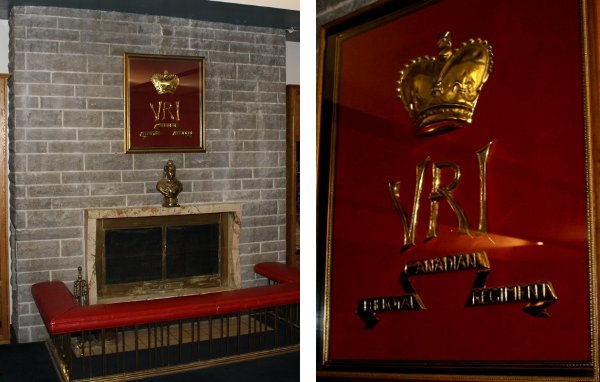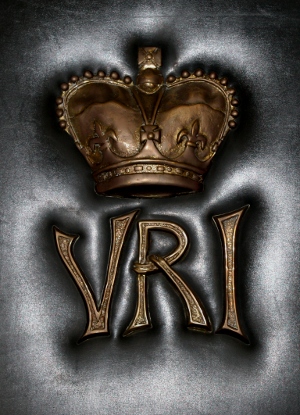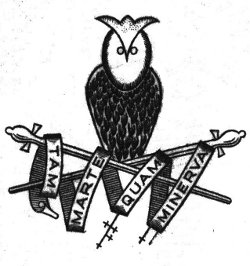Forfeiture of Medals
Topic: Medals

Once a soldier has earned an honour or award, whether that be a decoration for valour or a service medal for service abroad of long service, it is perceived that there will always be an attendant respect for his accomplishments. But the challenge of what to do with a soldier whose later actions undermine that desired perception of respect and honour has long confronted authorities. In recent years in Canada, the
medals awarded to Col Russell Williams were taken back by the Canadian military after his conviction for murder. This is not a new practice, the following extract from General Orders shows that it is a long established practice in the British Empire and was formally recognized by Canada well over a century ago.
Militia General Orders
Ottawa, 15th June, 1888
General Order, No. 3
Forfeiture and Restoration of Medals
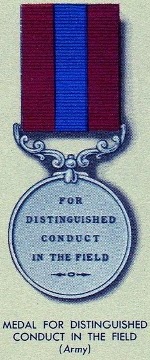 The following Imperial Regulations apply in all cases where medals have been granted to miltiamen in Canada:—
The following Imperial Regulations apply in all cases where medals have been granted to miltiamen in Canada:—
Paragraphs 982, 983 and 984, Royal Warrant, 1887, Part 1, section 6, Rewards, etc.:
982. Every soldier who is found guilty by a Court Martial of the following offences: desertion, fraudulent enlistment, any offence under section 17 or 18 Army Act, 1881, and every soldier who is sentenced by a Court Martial to penal servitude, or to be discharged with ignominy; shall forfeit all Medals and Decorations (other than the Victoria Cross, which is dealt with under special regulations) of which he may be in possession, or to which he may have been entitled, together with any annuity or Gratuity thereto appertaining.
983. Every soldier show:—
(a) is liable on confession of desertion or fraudulent enlistment, but whose trial has been dispensed with;
(b) is discharged in consequence of incorrigible and worthless character; or expressly on account of misconduct; or on conviction by the Civil Power; or on being sentenced to penal servitude, or for giving a false answer on attestation;
(c) is found guilty by a Civil Court of an offence which, if tried by Court Martial, would be cognizable under section 17 or section 18, Army Act; or is sentenced by a Civil Court to a punishment exceeding six months imprisonment;
Shall forfeit all Medals (other than the Victoria Cross, which is dealt with under special regulations) granted to him subsequently to the date of Our Warrant of 25th June, 1881, together with the annuity or gratuity, if any, thereto appertaining.
984. Any General or District Court Martial may, in addition to or withour any other punishment, sentence any offender to forfeit any Medal or Decoration (other than the Victoria Cross, which is dealt with under special regulations), together with the annuity or gratuity, if any, thereto appertaining which may have been granted to him; but no such forfeiture shall be awarded by the Court Martial when the offence is such that the condition does of itself entail a forfeiture under Articles 982 and 983.
Paragraph 12, Section–XX–Medals—The Queen's Regulations and Orders for the Army, 1885:—
12. When Medals are forfeited they are to be transmitted to the Adjutant General for disposal. The same course is to be followed in case of Medals, which may have been recovered after a soldier has been convicted of making away with them. Letters containing Medals when forwarded through the post, are to be registered.
Paragraphs 17 and 18 of the Army Act, 1881
The following text of paragraphs 17 and 18 of the Army Act, 1881 are taken from the 1907 edition of the Manual of Military Law.
17. Every person subject to military law who commits any of the following offences; that is to say,
Being charged with or concerned in the care or distribution of any public or regimental money or goods, steals, fraudulently misapplies, or embezzles the same, or connives at the stealing, fraudulent misapplication, or embezzlement thereof, or wilfully damages any such goods on conviction by court-martial be liable to suffer penal servitude, or such less punishment as is in this Act mentioned.
18. Every soldier who commits any of the following offences; that is to say.
(1.) Malingers, or feigns or produces disease or infirmity or
(2.) Wilfully maims or injures himself or any other soldier, whether at the instance of such other soldier or not, with intent thereby to render himself or such other soldier unfit for service, or causes himself to be maimed or injured by any person, with intent thereby to render himself unfit for service; or
(3.) Is wilfully guilty of any misconduct, or wilfully disobeys, whether in hospital or otherwise, any orders, by means of which misconduct or disobedience he produces or aggravates disease or infirmity, or delays its cure; or
(4.) Steals or or embezzles or receives, knowing them to be stolen or embezzled any money or goods the property of a comrade or of an officer, or any money or goods belonging to any regimental mess or band, or to any regimental institution, any public money or goods; or
(5.) Is guilty of any other offence of a fraudulent nature not before in this Act particularly specified, or of any other disgraceful conduct of a cruel, indecent, or unnatural kind,
shall on conviction by court-martial be liable to suffer imprisonment, or such less punishment as is in this Act mentioned.
 Special Provisions for the Victoria Cross
Special Provisions for the Victoria Cross
The special provisions for the Victoria Cross were provided in the Fifteenth article of the original Warrant for the award, published in the London Gazette on 5 February 1856:
Fifteenthly. In order to make such additional provision as shall effectually preserve pure this most honourable distinction, it is ordained, that if any person on whom such distinction shall be conferred, be convicted of treason, cowardice, felony, or of any infamous crime, or if he be accused of any such offence and doth not after a reasonable time surrender himself to be tried for the same, his name shall forthwith be erased from the registry of individuals upon whom the said Decoration shall have been conferred by an especial Warrant under Our Royal Sign Manual, and the pension conferred under rule fourteen, shall cease and determine from the date of such Warrant. It is hereby further declared that We, Our Heirs and Successors, shall be the sole judges of the circumstance demanding such expulsion; moreover, We shall at all times have power to restore such persons as may at any time have been expelled, both to the enjoyment of the Decoration and Pension.
Her Majesty Queen Victoria reserved the right to determine if any soldier should be required to forfeit the award for valour fashioned in her name.
Posted by regimentalrogue
at 12:01 AM EDT

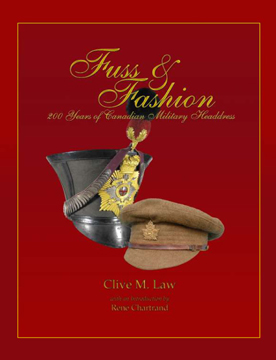 For those interested in Canadian miliary dress, and headdress, over the ages, a new book on Canadian military headdresss is available that would be a welcome addition to the reference shelf of any collector, curator, or historian. “Fuss & Fashion” by Clive Law is available from Service Publications.
For those interested in Canadian miliary dress, and headdress, over the ages, a new book on Canadian military headdresss is available that would be a welcome addition to the reference shelf of any collector, curator, or historian. “Fuss & Fashion” by Clive Law is available from Service Publications.

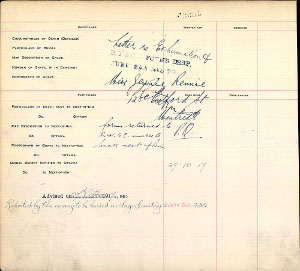
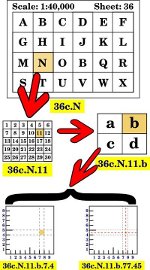

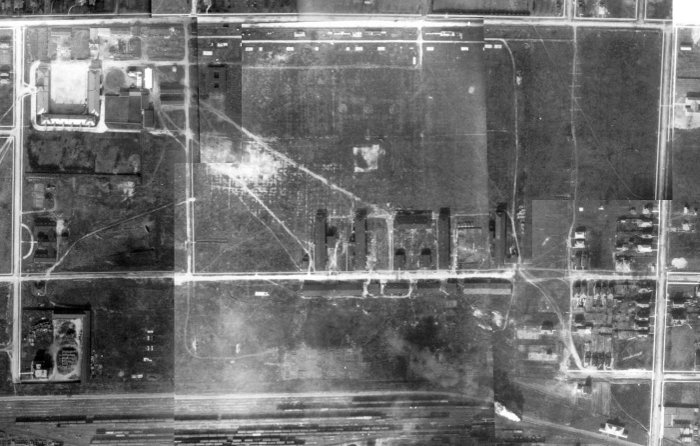
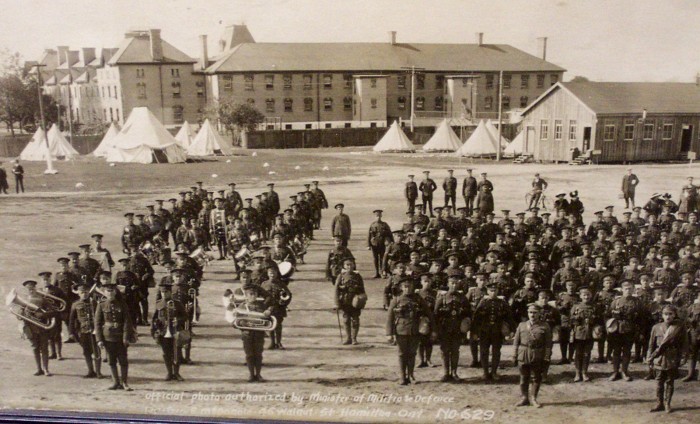
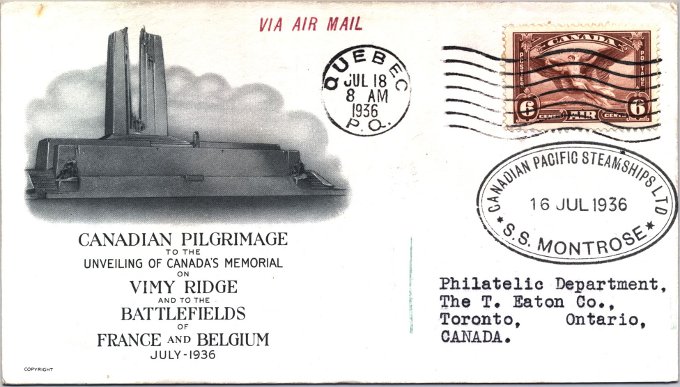
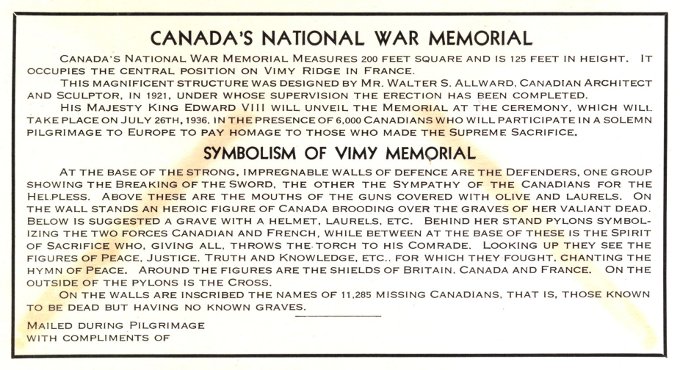
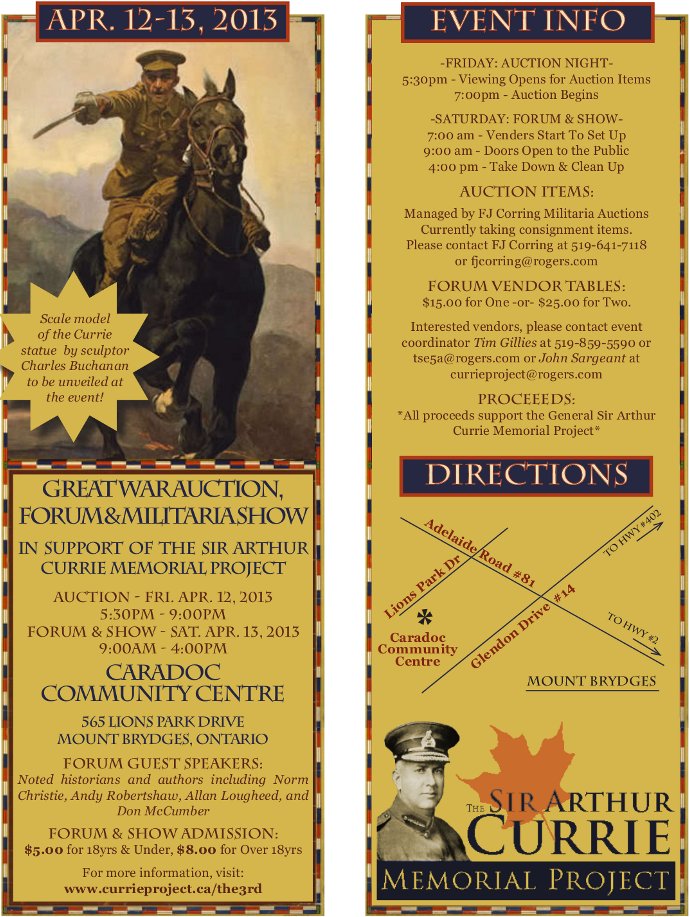

 The following Imperial Regulations apply in all cases where medals have been granted to miltiamen in Canada:—
The following Imperial Regulations apply in all cases where medals have been granted to miltiamen in Canada:— Special Provisions for the Victoria Cross
Special Provisions for the Victoria Cross
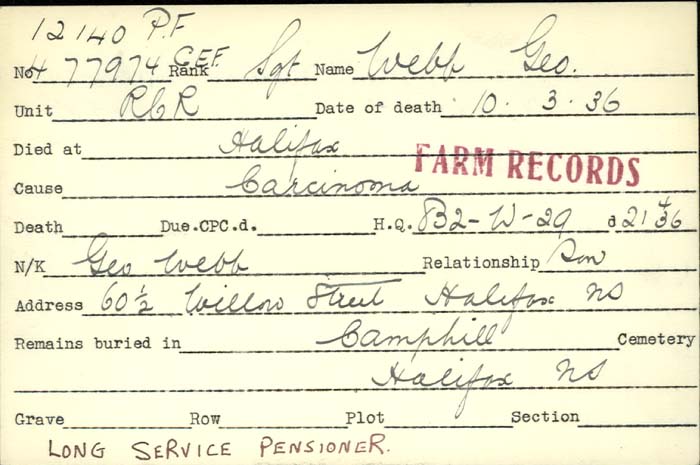 Above is shown the Veteran's Death Card of
Above is shown the Veteran's Death Card of 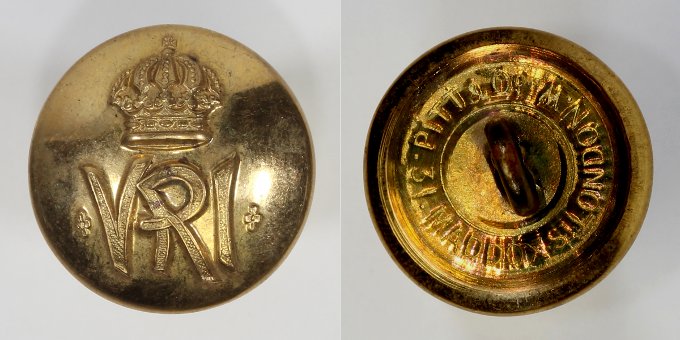
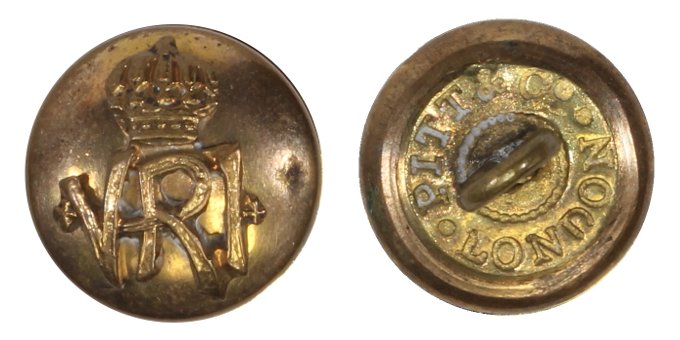
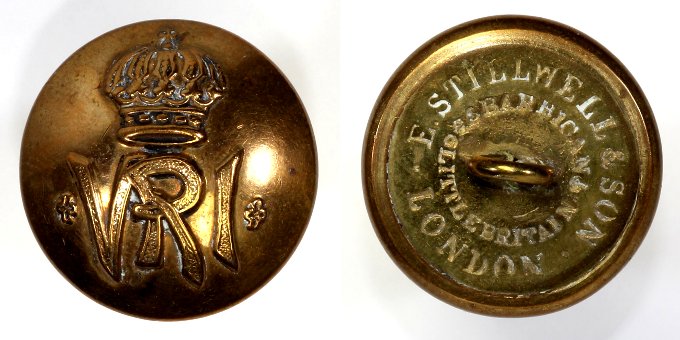
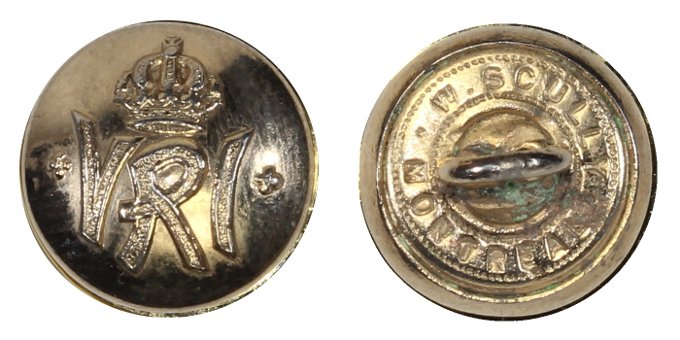
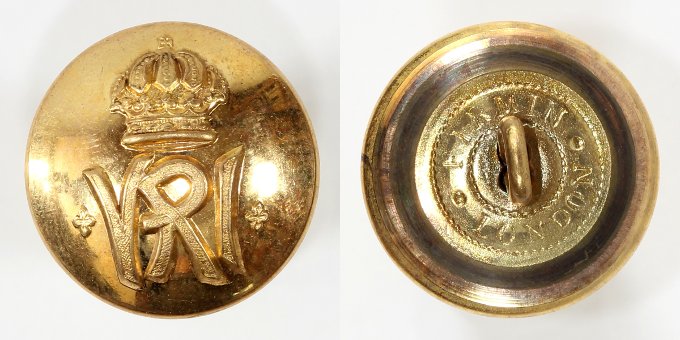
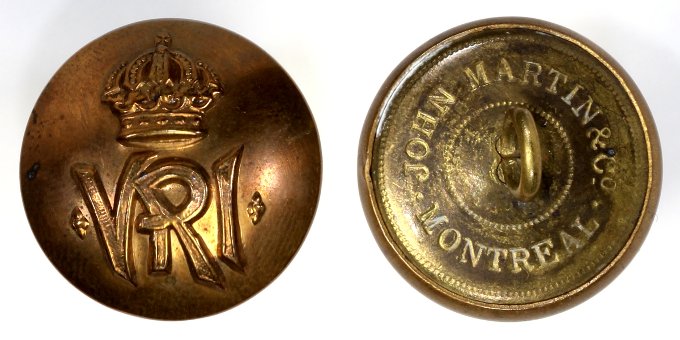

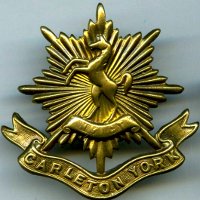 The Carleton and York Regiment
The Carleton and York Regiment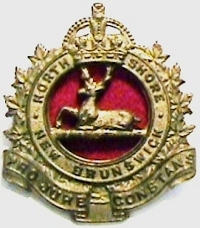 The North Shore Regiment
The North Shore Regiment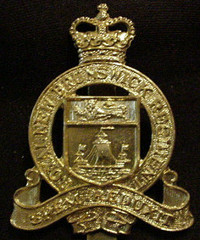 With the pace of administration of Battle Honours lagging behind the speed of reorganization of the Militia, the RNBR would be granted the following Battle Honours in 1957, combining those earned by both the Carleton and York Regiment and the North Shore (N.B.) Regiment:
With the pace of administration of Battle Honours lagging behind the speed of reorganization of the Militia, the RNBR would be granted the following Battle Honours in 1957, combining those earned by both the Carleton and York Regiment and the North Shore (N.B.) Regiment:
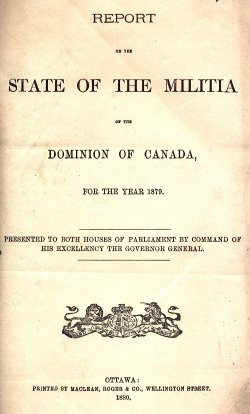 The state of Canadian Militia units in Military District No.1 (headquartered at London, Ontario) was reported to the Adjutant-General of Militia by Lieutenant Colonel John B. Taylor, Deputy Adjutant General of the District and published in the annual Report on the State of the Militia of the Dominion of Canada for the Year 1879. The Establishment of Military District No. 1 was described as follows:–
The state of Canadian Militia units in Military District No.1 (headquartered at London, Ontario) was reported to the Adjutant-General of Militia by Lieutenant Colonel John B. Taylor, Deputy Adjutant General of the District and published in the annual Report on the State of the Militia of the Dominion of Canada for the Year 1879. The Establishment of Military District No. 1 was described as follows:–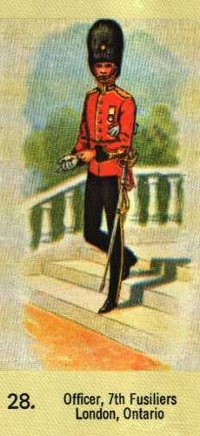 This fine corps performed its annual drill in the evenings, and all ranks paid so much attention amd made so great improvement that I arranged for their attendance at the review in Toronto on the 9th September, in honour of their Excellencies the Governor-General and Princess Louise, with confidence that they would maintain the credit of this military district, and I am proud to say that, though only lately re-organized and a young corps in material, their steadiness under arms, and when marching past at the review, were remarkable, and the quiet and soldierlike manner in which they behaved during the journey to Toronto and back (which is a sure test of the discipline and character of a corps) was highly creditable to both officers and men. The city of London can justly feel proud of its battalion, for altogether I believe it would be difficult to find a smarter and finer battalion of young men than the "London Light Infantry."
This fine corps performed its annual drill in the evenings, and all ranks paid so much attention amd made so great improvement that I arranged for their attendance at the review in Toronto on the 9th September, in honour of their Excellencies the Governor-General and Princess Louise, with confidence that they would maintain the credit of this military district, and I am proud to say that, though only lately re-organized and a young corps in material, their steadiness under arms, and when marching past at the review, were remarkable, and the quiet and soldierlike manner in which they behaved during the journey to Toronto and back (which is a sure test of the discipline and character of a corps) was highly creditable to both officers and men. The city of London can justly feel proud of its battalion, for altogether I believe it would be difficult to find a smarter and finer battalion of young men than the "London Light Infantry." This email text has been floating around the Internet for a few years. It offers an excellent, though possibly apocryphal, description of what can happen when an unprepared and unacclimatized digestive system meets army field rations. Thanks to Ranger Rodgers, wherever he may be.
This email text has been floating around the Internet for a few years. It offers an excellent, though possibly apocryphal, description of what can happen when an unprepared and unacclimatized digestive system meets army field rations. Thanks to Ranger Rodgers, wherever he may be. 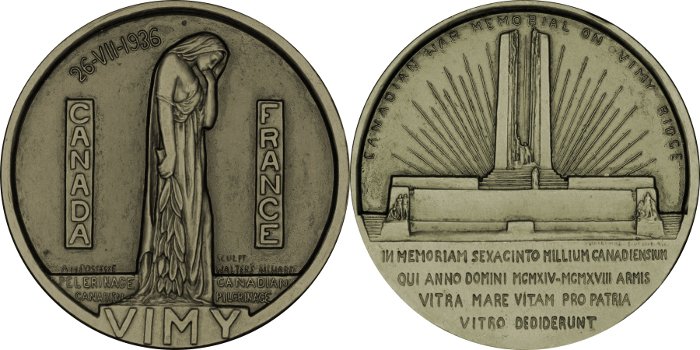
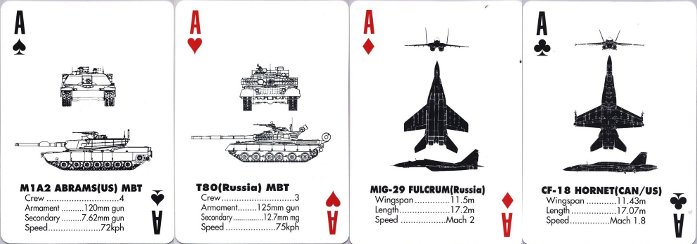 Playing cards marked with silhouettes to practice recognition of armoured fighting vehicles and aircraft were a novelty given or sold to soldiers during the
Playing cards marked with silhouettes to practice recognition of armoured fighting vehicles and aircraft were a novelty given or sold to soldiers during the 
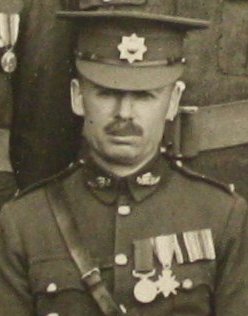
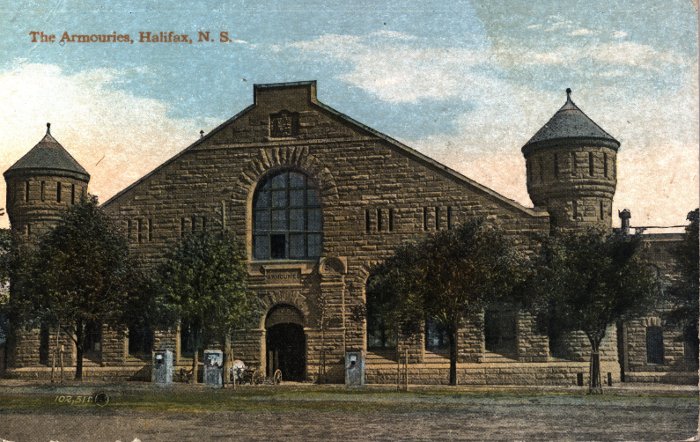
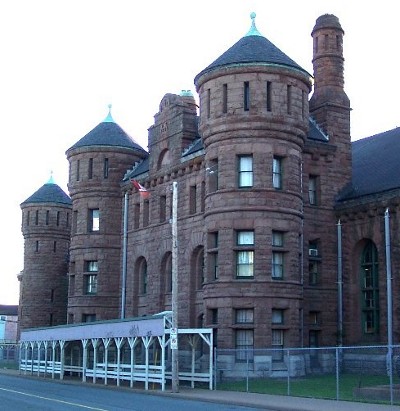 The Halifax Armouries was constructed between 1895 and 1898 at a final cost of $250,000 (over budget by $75,000), designed by
The Halifax Armouries was constructed between 1895 and 1898 at a final cost of $250,000 (over budget by $75,000), designed by 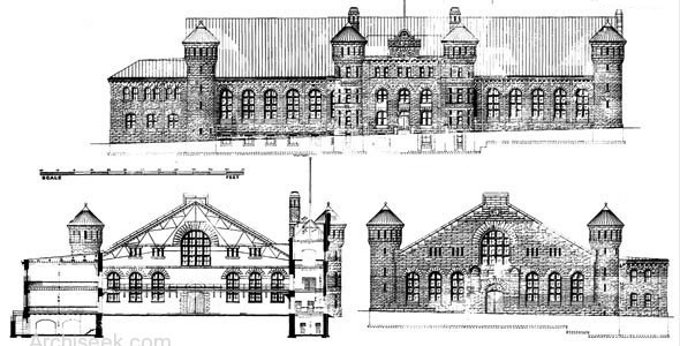
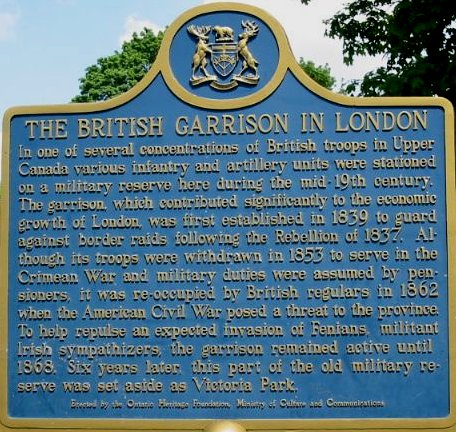 In the days of British garrisons in Upper and Lower Canada, the method used to transfer skills to the officers of the Canadian Militia was the temporary establishment of "Schools of Instruction" by garrison battalions. Transitory in nature, in contrast to the established Royal Schools of the Canadian Infantry School Corps after 1883, these Schools of Instruction were individually authorized, conducted by the Commanding Officer of the designated British battalions, and qualified officers for command at company or battalion level. After the withdrawal of most of the British garrison units in the late 1860s, the Militia Department attempted to conduct a similar school system using qualified Militia officers to conduct the training. This approach was found wanting, most likely due to problems of consistency of training and availability of resources, and by the early 1880s led to the recognition of a need for established schools for infantry. The result was the creation of the Canadian Infantry School Corps, which is today
In the days of British garrisons in Upper and Lower Canada, the method used to transfer skills to the officers of the Canadian Militia was the temporary establishment of "Schools of Instruction" by garrison battalions. Transitory in nature, in contrast to the established Royal Schools of the Canadian Infantry School Corps after 1883, these Schools of Instruction were individually authorized, conducted by the Commanding Officer of the designated British battalions, and qualified officers for command at company or battalion level. After the withdrawal of most of the British garrison units in the late 1860s, the Militia Department attempted to conduct a similar school system using qualified Militia officers to conduct the training. This approach was found wanting, most likely due to problems of consistency of training and availability of resources, and by the early 1880s led to the recognition of a need for established schools for infantry. The result was the creation of the Canadian Infantry School Corps, which is today 